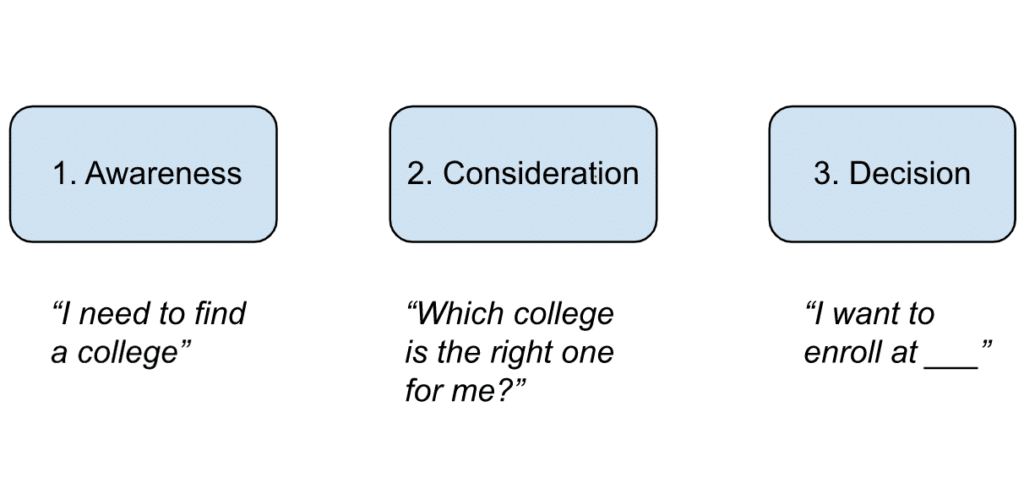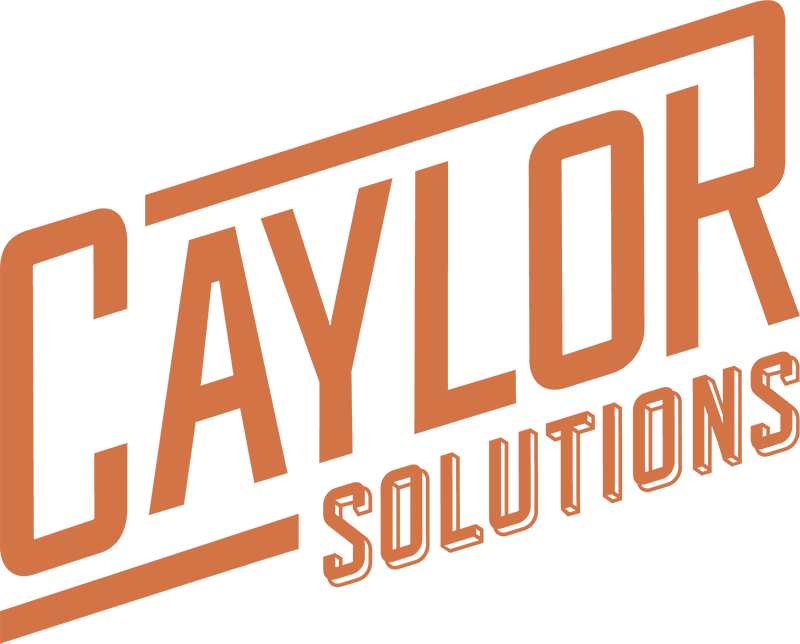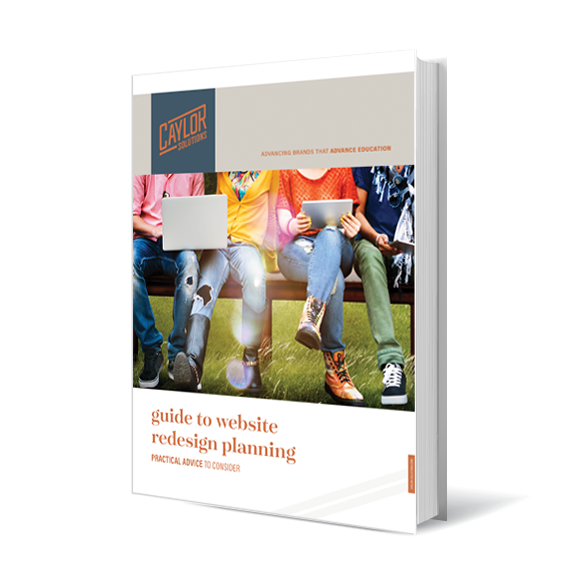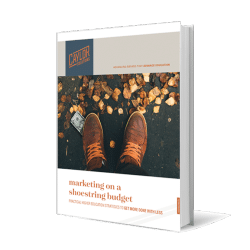As higher ed marketers, we’re familiar with the idea that prospective students move through a journey of several stages on their way to matriculation. Keeping this journey in mind helps us to reach the right person at the right time with the most relevant information.
But it is easy to forget that not all journeys are the same. There are different starting points, different paths, and different people traveling along them. The more you can pay attention to these nuances in your marketing, the more effective it will be.
I find it helpful to distinguish three different paths by which prospective students can become interested in your school. I’m going to explain each of them and detail some ways you can tailor your marketing approach to respond to their unique features.
The enrollment journey and entry routes
When I’m referring here to the enrollment journey, I have in mind what is known in marketing more broadly as the buyer’s journey.
Just in case you’re not familiar with this or you could use a refresher, the buyer’s journey is a sequence of stages that a typical buyer moves through on the way to a purchase. There are variations in how the stages are named and enumerated, but they track how a person becomes aware of a problem and a solution on the way to selecting a particular brand offering.
What are the stages of the buyer’s journey in the context of college admissions? Very simply, we can organize the journey into three stages:
With traditional, undergraduate enrollment, the first stage is where the process begins, with a high school student realizing it’s time to start thinking about a college or university to attend. (Non-traditional students follow the same kind of progression, too; they are just entering the journey at a different season of life and, often, for different reasons.)
The next stage involves assembling a list of possibilities and gathering information about them. Finally, a decision is made and the student enrolls. Obviously, each of these has its own sub-stages and complications, but this simple overview is enough for my purposes here.
Notice two interesting things about this journey.
First, unlike businesses in many other domains, colleges and universities are not usually targeting an audience in the early stages of awareness. In other words, they aren’t helping people move to a place where they recognize a need or desire to attend college, at least for traditional undergraduates. They join the conversation after the student already realizes the need.
But the way that student has come to feel the need matters and is worth thinking about. For instance, some teens grow up in homes where academics and the life of the mind are prized. Such a student may be looking to college primarily as a place for intellectual development and exploration. In contrast, other teens will be in an environment that emphasizes career and income. When it comes to colleges, they may be thinking first about which schools and which programs will maximize earnings after graduation.
Second, in stage two, particular schools wind up on the list of consideration via different routes. In the intro, I mentioned that there are three major ones. They are:
- Through legacy: A student is considering your school because a parent or other relative attended.
- Through influence: Your school is on the list because the student has heard of you through others or through your marketing efforts.
- Through discovery: The student had never heard of you before but found your school through a web search, a college fair, or other means of discovery.
Why does this matter? Because each of these audiences is different. Considering those differences gives you the opportunity to reduce the friction each group might experience on their enrollment journey and helps you to be alert to the particular strategic opportunities each represents.
In the next three sections, I’ll unpack this a bit.
Route 1: Legacy prospects
This is a very strategic audience when it comes to enrollment. It is well known that many top schools give preferential treatment to legacy students in admissions. There’s a good reason why. One study found that legacy students, when admitted, are much more likely to enroll than others. They also tend to give more as alumni.
From a marketing point of view, these are very warm prospects. They are already familiar with your brand and may have heard lots of positive stories from their parents. They may be excited about the possibility of following in the family footsteps and experiencing some of the things they have heard a parent talking about from their childhood.
So how can you capitalize on this? You might consider a landing page on your website geared specifically towards this audience, highlighting any special programs or incentives your school makes available to legacy students. In your messaging, keep in mind the kinds of themes that are likely to be particularly salient for this audience, including tradition and community.
You can also think about ways to reach out to your alumni who have kids in high school to keep their alma mater top of mind and reinforce the benefits you provide. See a post I wrote recently about connecting with legacy moms for some specific ideas about how to do this.
Route 2: Influenced prospects
Obviously, legacy students know about your school through the influence of others. But in this category, I’m thinking of non-legacy students and the broad number of ways they might come to be familiar with you.
This can include their parents. It also includes trusted figures like coaches, teachers, youth pastors, employers, and community leaders. Then there are influencers on social media and finally, different kinds of university marketing efforts whether outbound or inbound.
The form of influence is clearly important. An endorsement from a parent, coach, or peer is going to predispose a student much more favorably towards your school than an advertisement is likely to do. Having a strong, known brand is also a big advantage.
How should those in marketing think about this route? First, try to invest in and leverage the kinds of influence that are most powerful.
Parents, for example, are increasingly an important part of the decision about where to study. It makes sense to think of them as one of your primary audiences and create strategies specifically for reaching parents. For instance, you could set up a Facebook group for parents of prospective students and post content that would speak to things that matter to this audience, like costs, campus safety, and job prospects after graduation.
You can also take advantage of the power of peer influence and invest in influencer marketing. Note that this doesn’t mean famous YouTube personalities. I usually define an influencer as an individual with a larger-than-average following who still feels relatable to their followers and intentionally endorses products, services, and organizations.
Second, recognize that your audience when it comes to admissions isn’t just prospective students but all those who are in a position to influence them. These others are often from different generations, which means you’ll need to keep in mind ways to communicate about your school that can connect not just with the present generation of students but with those of their parents’ and even grandparents’ generations.
Route 3: Discovery prospects
When students find you through some kind of search process, you don’t start out with any of the advantages you have for the other two routes. There are no warm parental endorsements or peer recommendations; there is no brand recognition.
This means the visitor to your website is starting either from a place of neutrality or, more likely, a certain amount of skepticism.
It is important for all visitors to your site that you provide the answers to their questions in a way that is clear and easy to find.
But it is especially important with this group.
What are their questions? Their first priorities will likely be to know which programs you have and what it will cost to attend. After that, they’ll also want to know about the outcomes they can expect and what the “feel” of the campus is like. They will be wondering, “Is this a place where I can see myself?”
Make sure a visitor to your site can answer these questions with as little friction as possible.
Recall that this person has never heard of your school before. What implications does that have? As a consumer, when I’ve never heard of an online business I’m considering dealing with, my first question is usually something like, “Is this place legit?” I’ll be looking for signals that it is a real, established business I can trust with my money. Those signals will come in two primary forms: the look of the site and social proof.
These two elements are important for these kinds of visitors to your site and for the same reasons. Ensure your website is professional and that you include strong and prominent elements of social proof to reassure the visitor that your school is a reputable institution they can trust.
Next steps
To repeat something I said at the beginning, successful marketing means reaching the right person at the right time with the most relevant message. We’ve been looking together at three routes by which your school can end up on the list of possibilities as a student moves through the enrollment journey. Keeping those three routes in mind can help you be more strategic in your approach and messaging for each group.
Here’s a way to make this really practical and actionable. Spend some time with your team to create a persona representing each of these three routes. This exercise will help you brainstorm about the unique interests, needs, and opportunities each kind of prospect represents. Then look for some small ideas you can implement to start reaching each of these audiences more intentionally.
Along the way, if you’d like some help thinking through who’s in your audience and how best to reach them, don’t hesitate to get in touch.
Looking for Enrollment Marketing Content that Works?
You’re in luck! We’ve curated 25 awesome ideas inspired by top higher ed institutions across the country and put them in one handy guide: 25 Ideas for Great Admissions Content.

-
- 25 enrollment marketing content ideas you might never have considered before
- Guidance on how to use each one for best results
- Brief discussion on why they work to help you sell these ideas to your team
Get inspired.
Get enrollment results.
Get 25 Ideas for Great Admissions Content.
Download your copy today!
Featured image by Lemonsoup14 via Adobe Stock












